A year on - cross country skiing with the Fuji X-E2 in Abisko
Posted on 25th March, 2015
Last year I wrote about my experiences cross country skiing in Norway using a Fujifilm compact camera system - at that time I was using the X-E1 and X-M1. You can read the full article and see the pictures here.
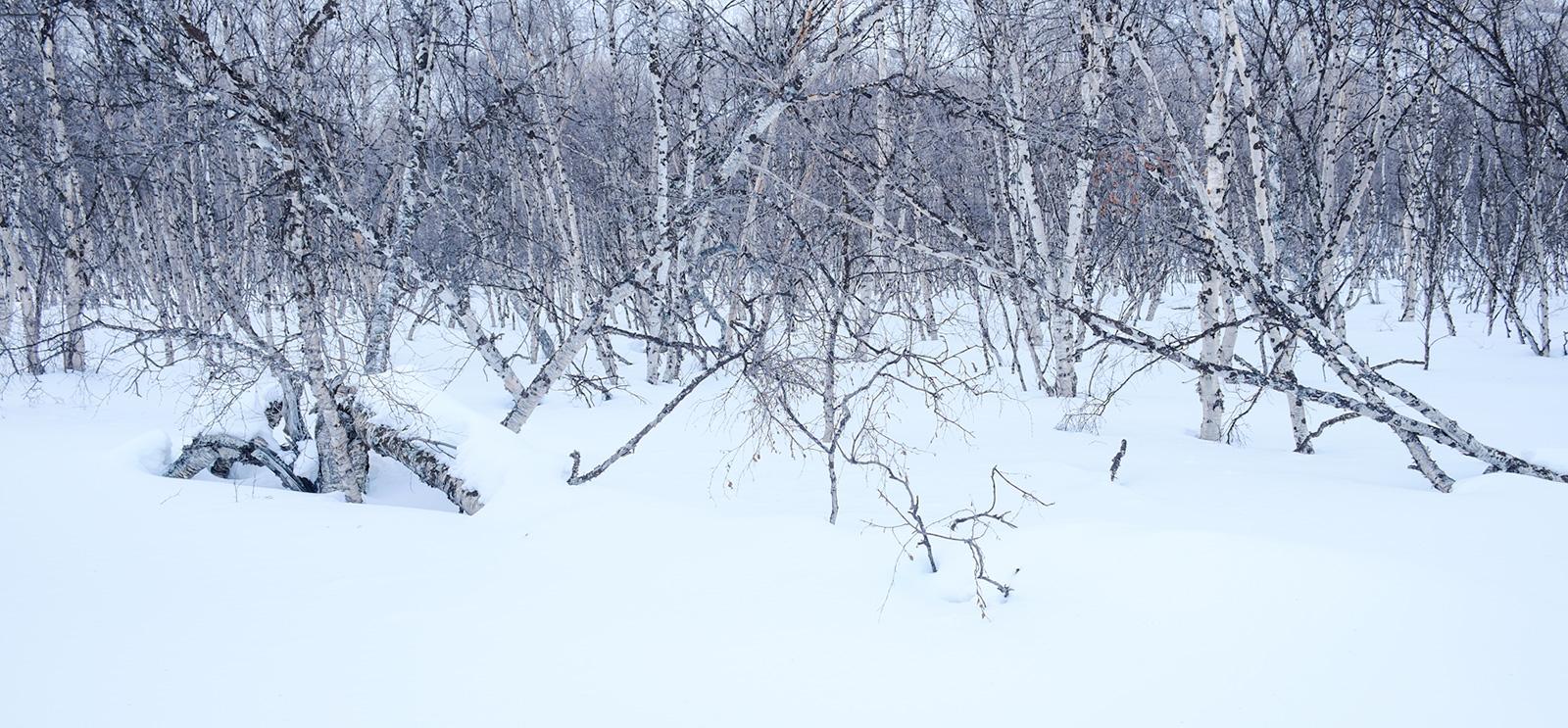
A year on, I again found myself enjoying a fabulous few days cross country skiing with my husband, Rob - this time in Abisko in Arctic Sweden. Abisko had long been on our radar because it is the start of the King’s Trail (a route we have yet to complete) and this year, there was an added incentive to visit because my good friend and fellow workshop leader, Oliver Wright, was out there working for the winter.
A few months ago I managed to pick up a bargain second hand X-E2 (X-M1 and X-E1 now sold) and I was keen to see just what a difference this would make in terms of addressing some of the difficulties I experienced last year with the X-E1. The main challenges were using the EVF in bright conditions with prescription sunglasses, lag time and an exposure compensation dial that moved far too easily when taking the camera in and out of my backpack. I knew already that the exposure compensation dial of the X-E2 was far stiffer and less prone to moving of its own accord and, as a glasses wearer, I was already really enjoying the much bigger, brighter EVF of the X-E2. I’d not yet tried it with sunglasses, nor in bright snow!
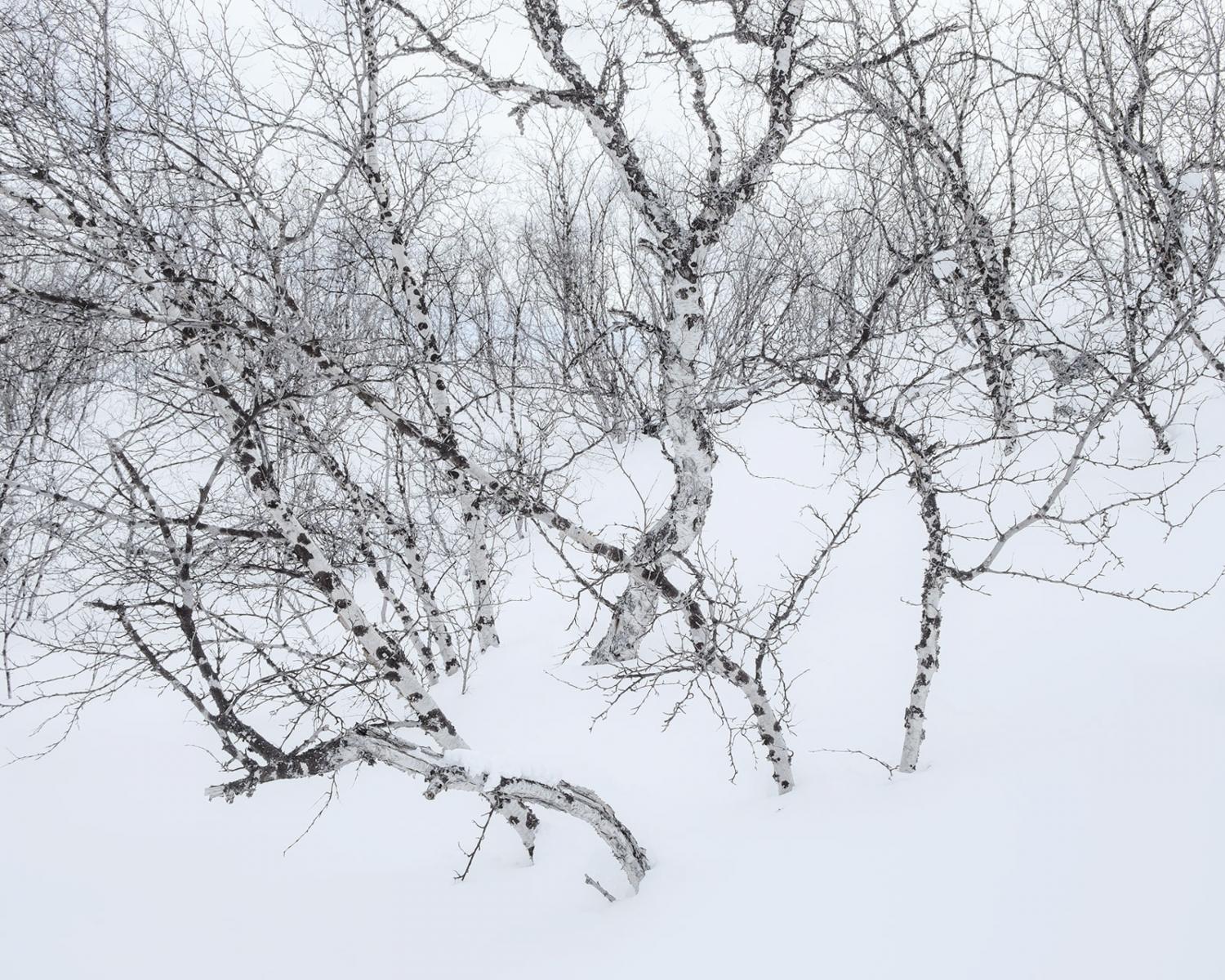
I had opportunity to find out on our first day in Abisko when we skied along the first part of the King’s Trail and back. It was a day of mixed sunshine and cloud, certainly bright enough to require use of dark glasses and so I was able to put the X-E2’s EVF to the ultimate test. I was pleasantly surprised to find that it was possible to see pretty clearly without having to take off my glasses. A little on the dark side, even with the EVF turned up to maximum brightness, but certainly usable and I was confident I could compose accurately. Lovely not to have to keep resetting the exposure compensation dial each time I took the camera out of the backpack too!
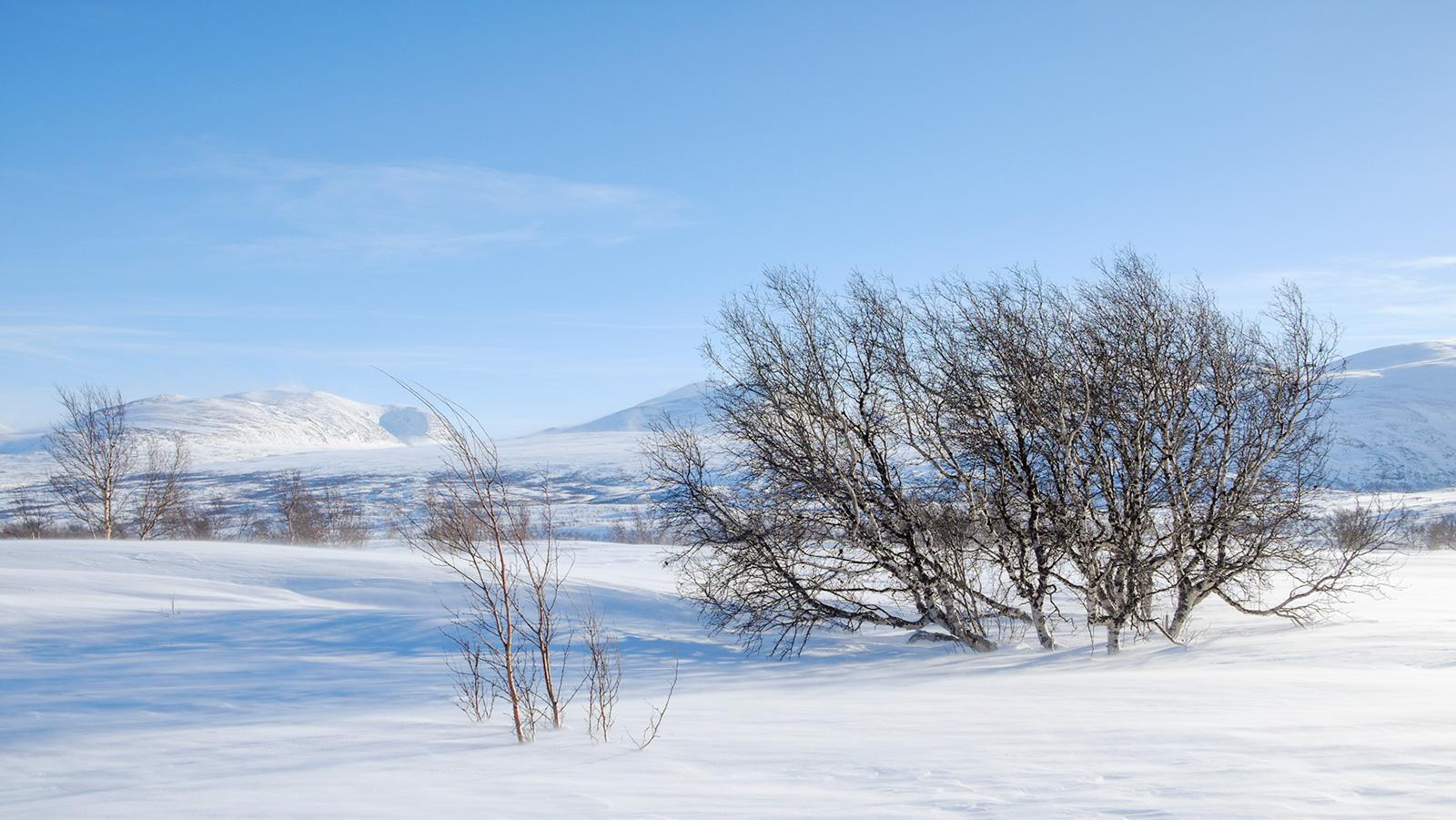
So far, so good! Of course for this trip, I no longer had 2 Fuji camera bodies and so didn’t have the convenience of a super quick switch between the 18-55mm and the 55-200mm as I had done in Norway last year. I had originally intended to get round this by using the new 18-135mm ‘one size fits all’ lens. It sounded as though it might be the perfect lens for trips such as these but, having tried two copies shortly before we left, I found it to be too much of a compromise solution. Almost all the Fuji lenses are superb optically and perhaps I just got unlucky with the two copies I tried but I found the performance was too compromised for me, particularly in terms of resolving detail towards the edges.
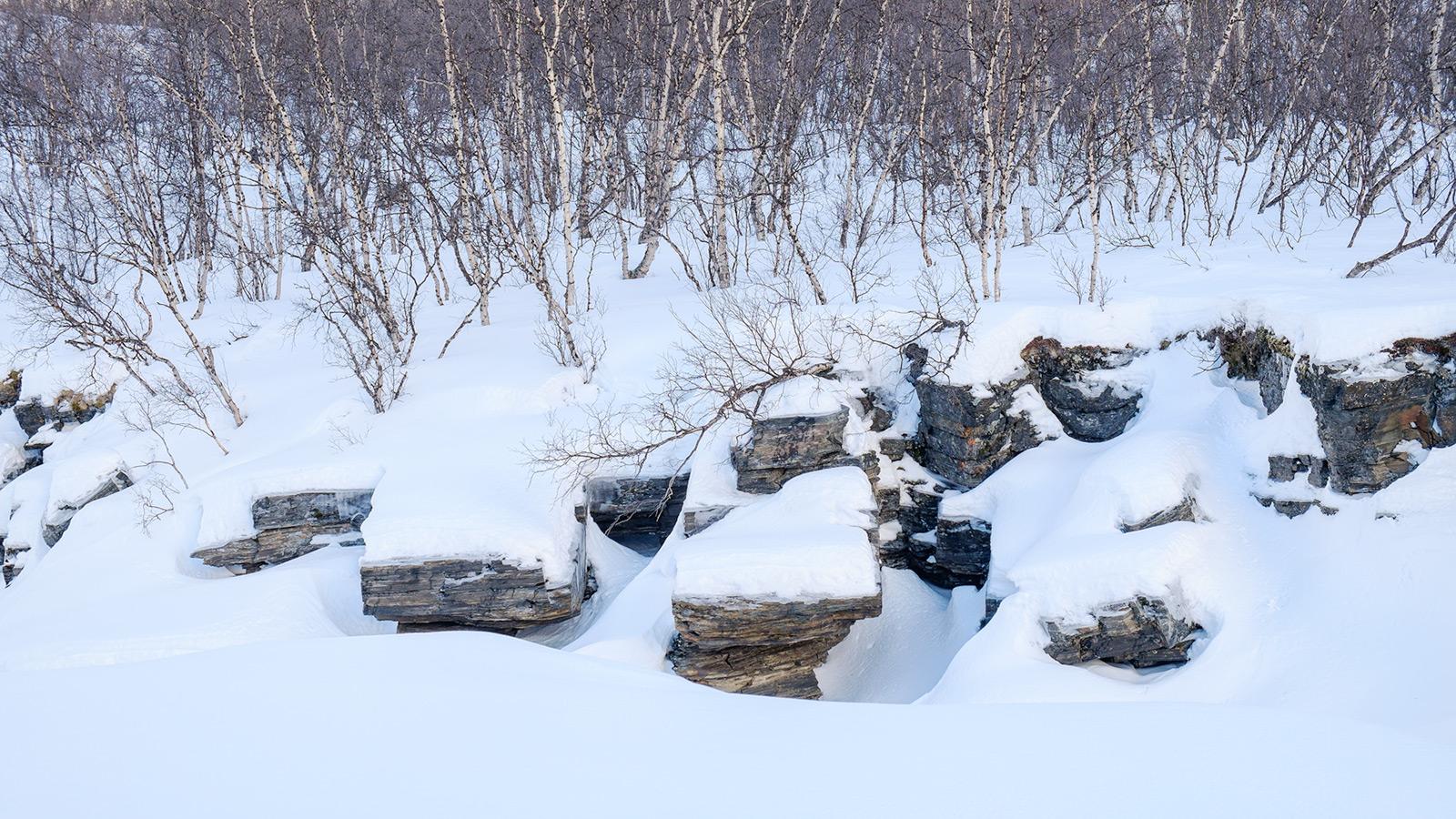
In the end it really wasn’t an issue and I was delighted I’d stuck with my largely trusty and excellent 18-55mm lens - most of the time, whilst out skiing, this focal range was more than sufficient - perhaps down to the different scenery or perhaps just down to the way I was seeing things on this trip. Unusually for me, I didn’t find myself reaching for the 55-200mm very often and so was not having to make constant lens changes. In any case, conditions were unseasonably mild and pleasant so I was happy to make whatever changes were required, as and when.
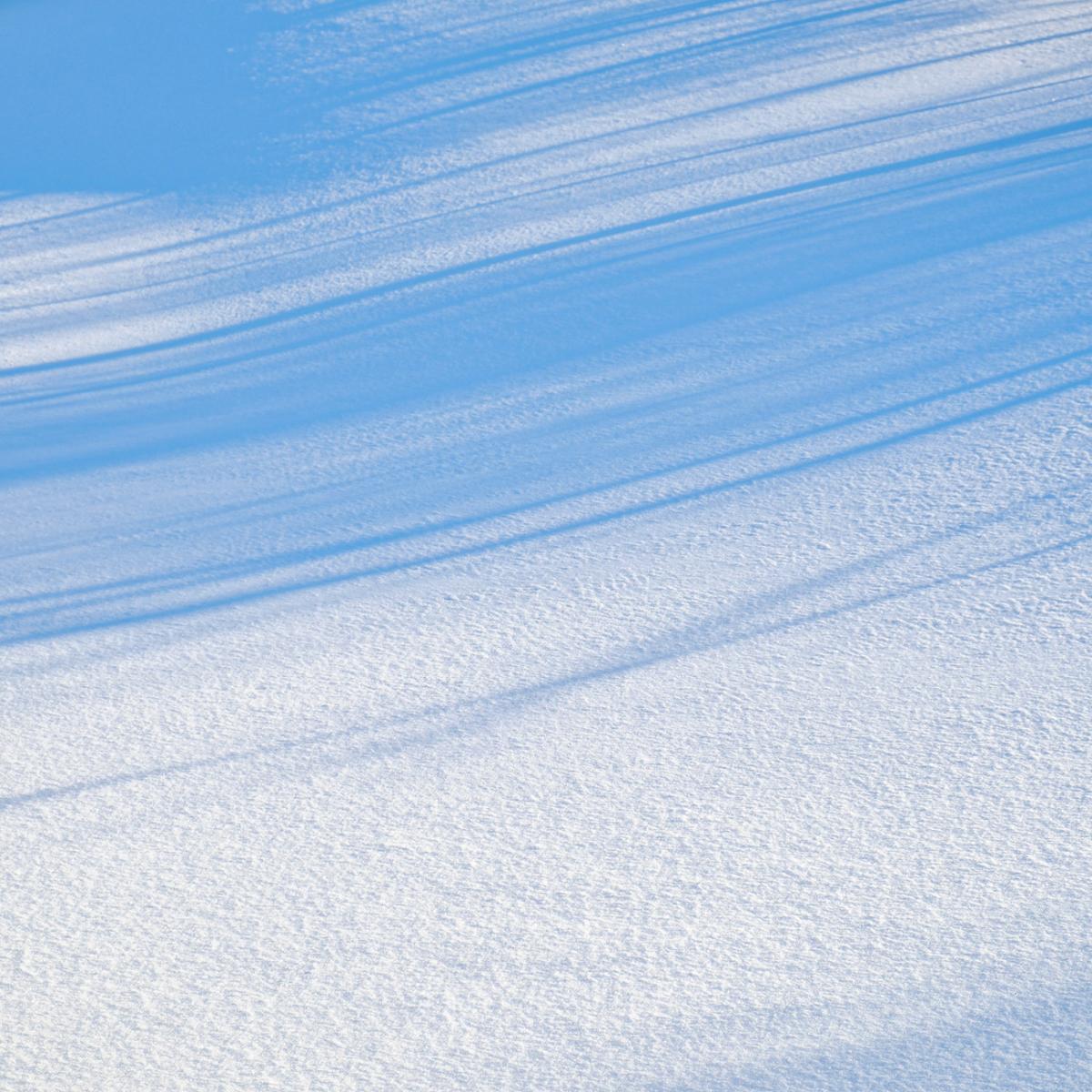
I did also have another very useful lens in my arsenal - one that was lacking for last year’s trip - the Fuji 14mm lens. This really is a fabulous lens - top notch optically and very compact. It was worth its weight in gold during a couple of our evenings in Abisko, when we were lucky enough to experience a spectacular show of the Northern Lights. I had seen them once last year, very faintly, from our home in North Yorkshire of all places! Rob had never seen them. My main concern was to enjoy them, should we be lucky enough to see them here in the Arctic. That I most certainly did! Though I’m afraid I couldn’t resist trying to take a few photographs as well - really just as a record of what we witnessed.
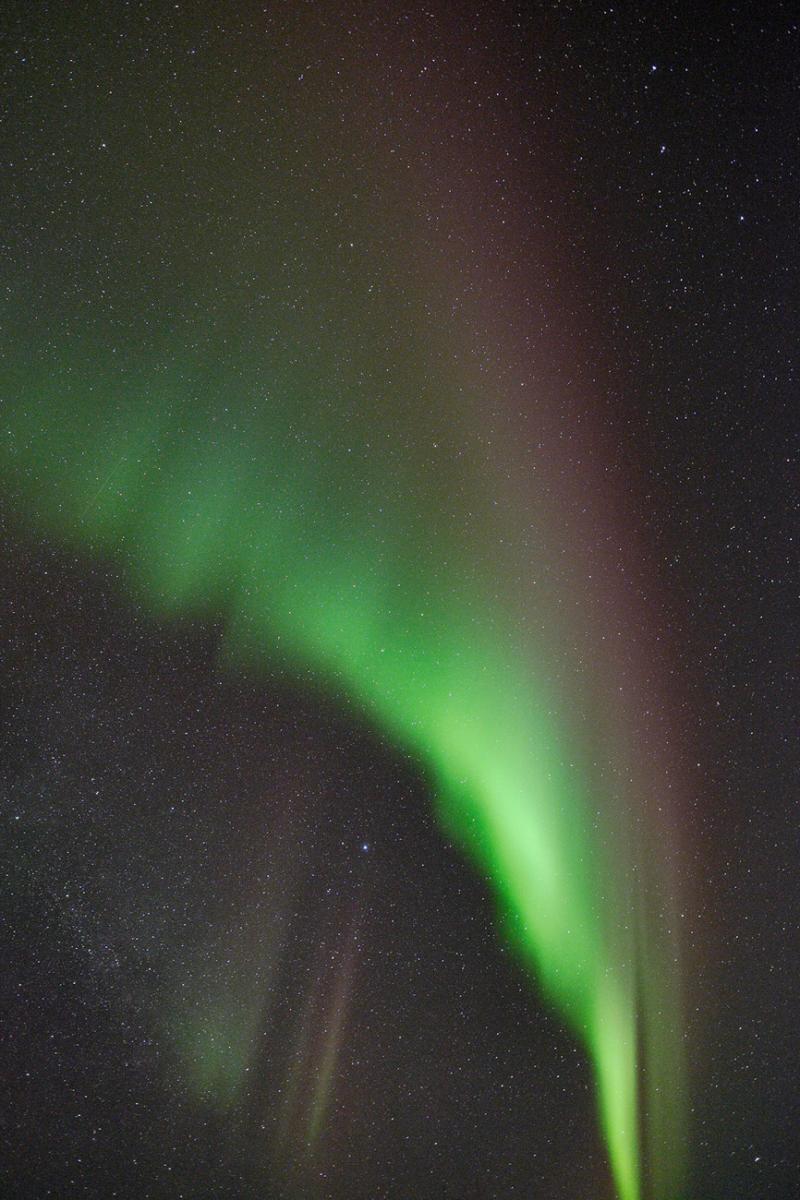
I had my Nikon D8000e with me as well but, for night-time photography, the Fuji has one very big advantage - it doesn’t need long exposure noise reduction. Also my UWA option for the Nikon is a zoom lens which means the position of infinity on the lens barrel will vary depending on the focal length setting - on the Fuji 14mm prime, it’s easy to find - even in the dark!

Except for when the aurora was really bright, I dd find I was having to compose ‘blind’. Even at highest ISO, the EVF/LCD did not have enough sensitivity to allow me to see the scene on camera. That said, it was usually easy enough to make a first guess, and then adjust if necessary.
For those sceptical about photographs of the Northern Lights - the image above is massively desaturated and I’ve also reduced contrast - this was an incredible display and one I feel so privileged to have witnessed. I’m happy to report that the Fuji files are really very clean, even at ISO3200 - I was very impressed with its performance in this respect. My options compositionally were somewhat limited by the surrounding birch trees but, as above, these photos were more about recording a special few moments.
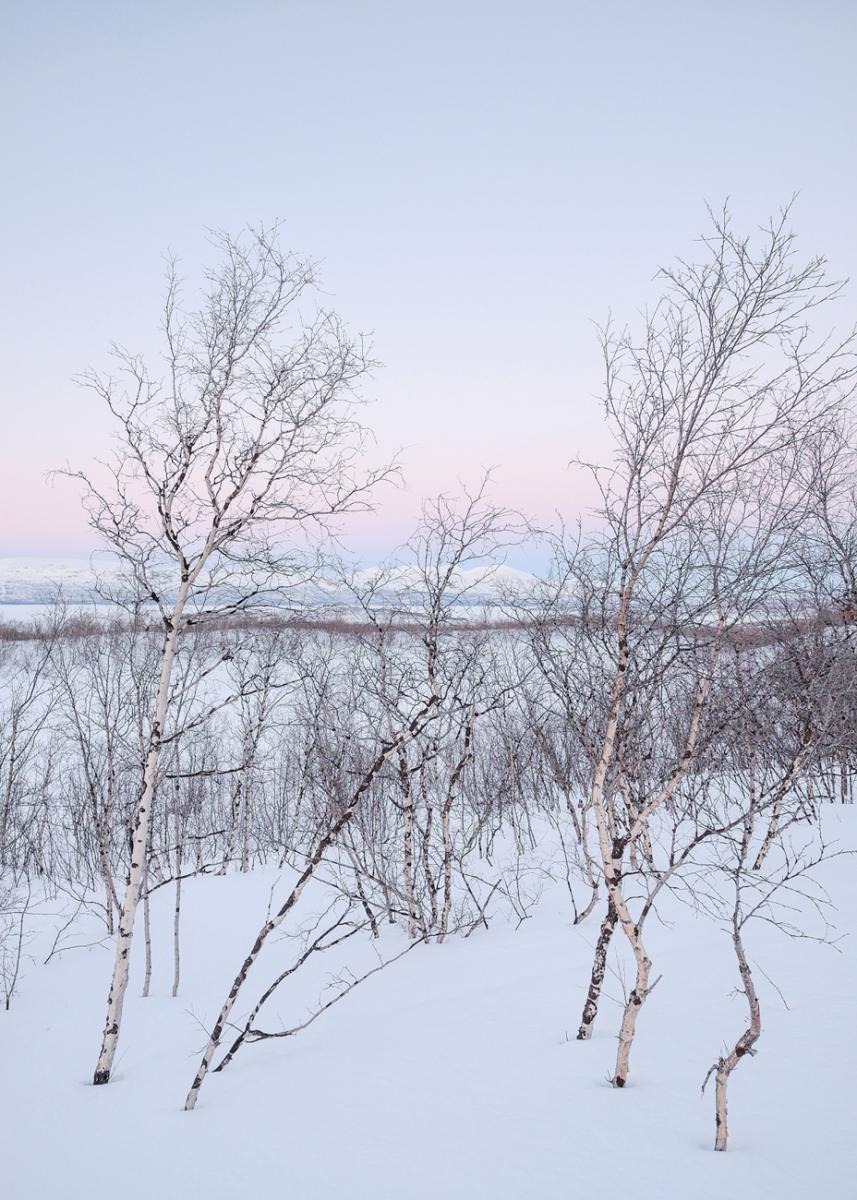
As you’ve probably gathered, I’m a bit of a birch tree fan and, for the most part, I was delighted to have so many surrounding the Abisko Tourist Station, where we were staying. I found them particularly irresistible at dusk, with pink and blue pastel tones in the skies above and a hint of the distant mountains beyond the lake clearly visible. Again, the 14mm lens was lovely to use for such scenes.
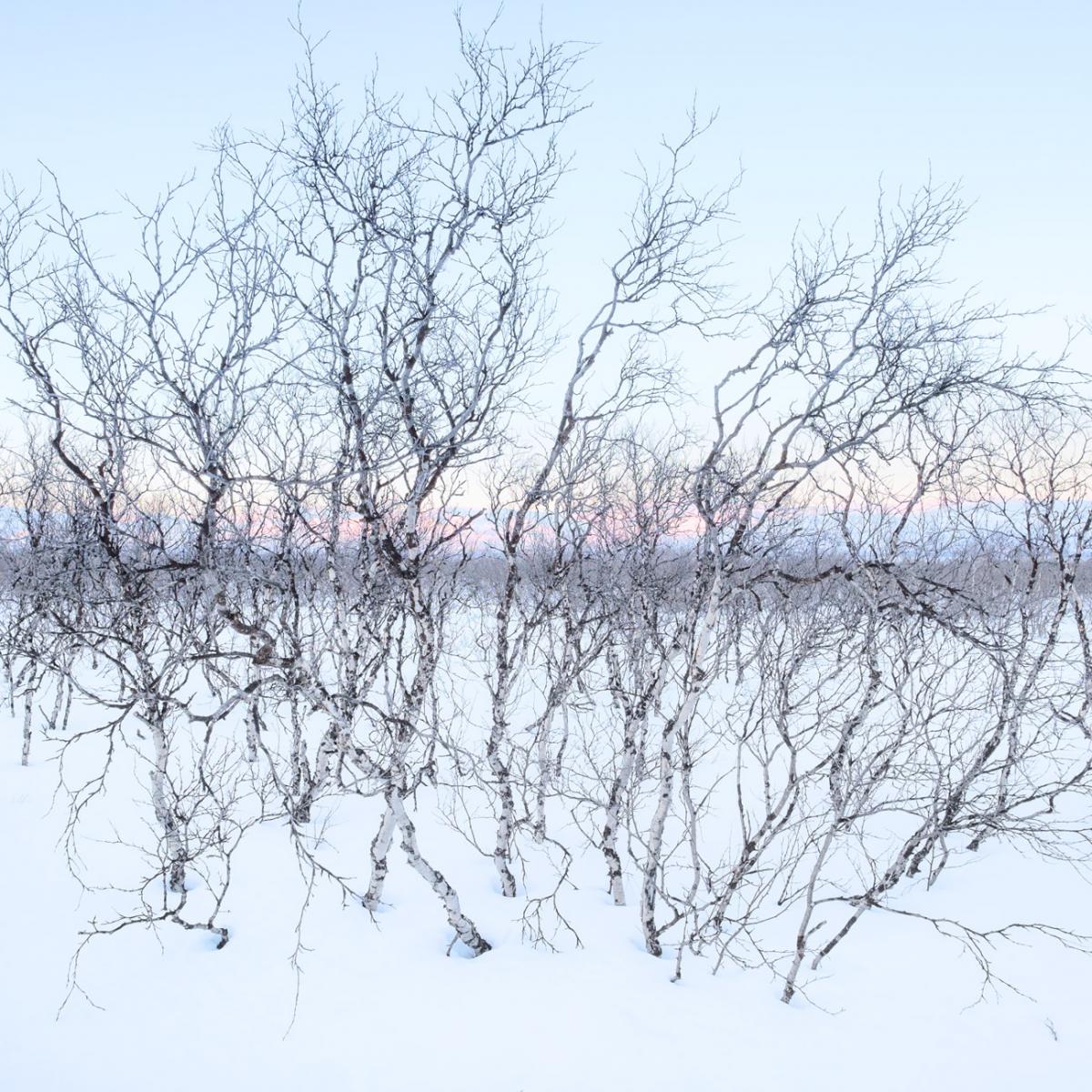
I love the soft colours and gentle tones the Fuji can capture - the files have great latitude too, though much the same can be said of my Nikon. The image below could easily have been taken with either camera, although the Nikon does not allow me to frame and compose with my beloved square crop!
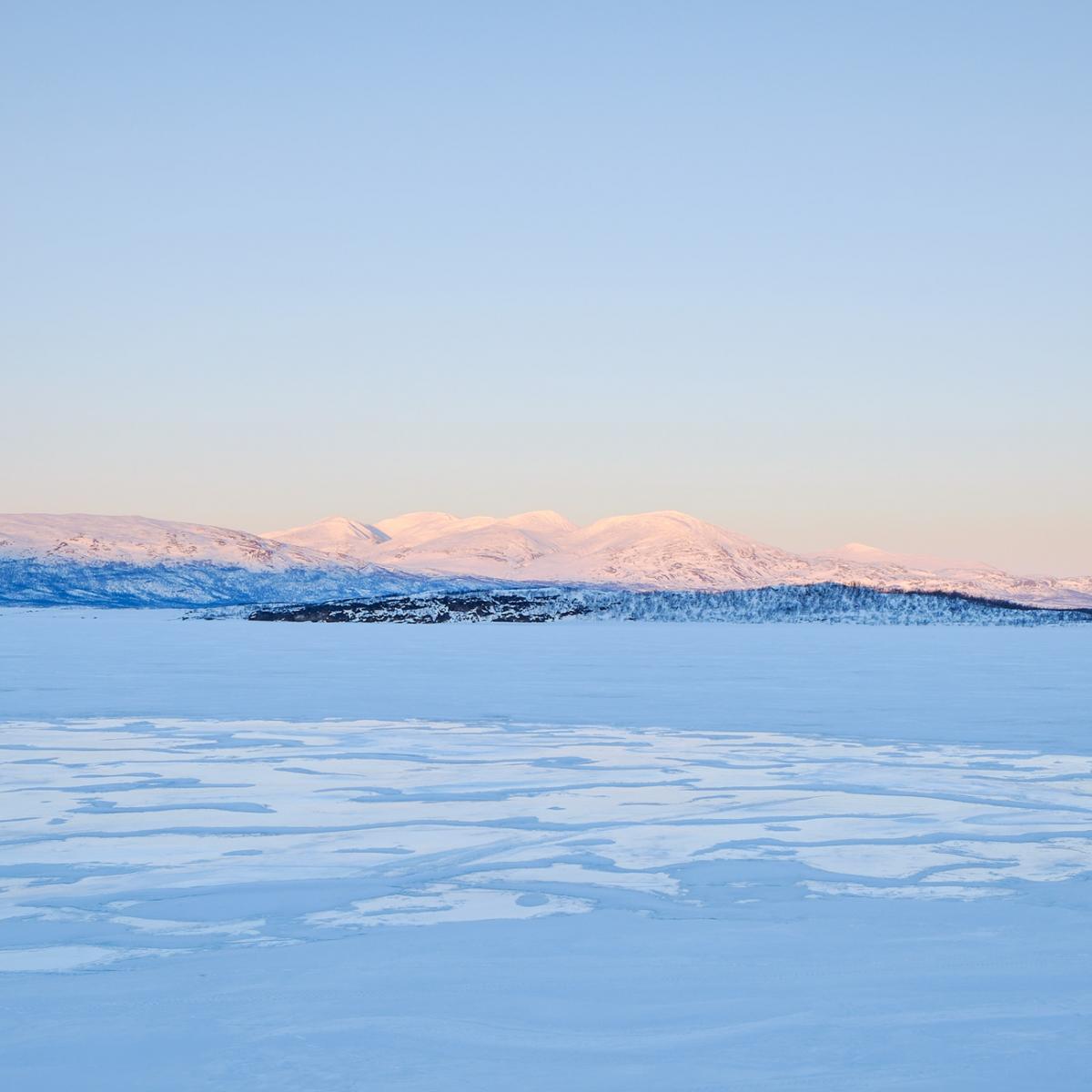
I probably only had two real complaints about the Fuji after this trip, the first more serious than the second. At times, I do find the AF really struggles to lock on and, even when I used the manual focus over-ride with focus peaking, I still found I wasn’t getting reliably sharp results in certain situations. For example the image above, whilst looking sharp as can be at web resolution, is definitely a bit soft. The X-E2 and 18-55mm (and 55-200mm) seemed to struggle in this relatively low light and very distant subject matter. I’m a bit puzzled because the distance scale suggested everything should be spot on, but nothing is quite sharp and this was a problem that occurred on a few occasions.
The other complaint, more minor, is Fuji’s implementation of multiple exposure photography. This is rather limited, in that you can only create a double exposure - this is true of all the Fuji cameras I believe. Inexplicably the newer X-E2 and X-T1 have an additional limitation, in that they only allow you to capture jpegs for ME, no RAW files. This makes no sense, given this is not true of the older X-E1 but I’ve been able to find out any reason why this should be so. I don’t do a lot of ME so it’s not a huge issue for me. That said, one of my favourite pictures from the trip was an ME - 3 exposures, captured in RAW, on the Nikon D800e - I couldn’t have done this on the Fuji.
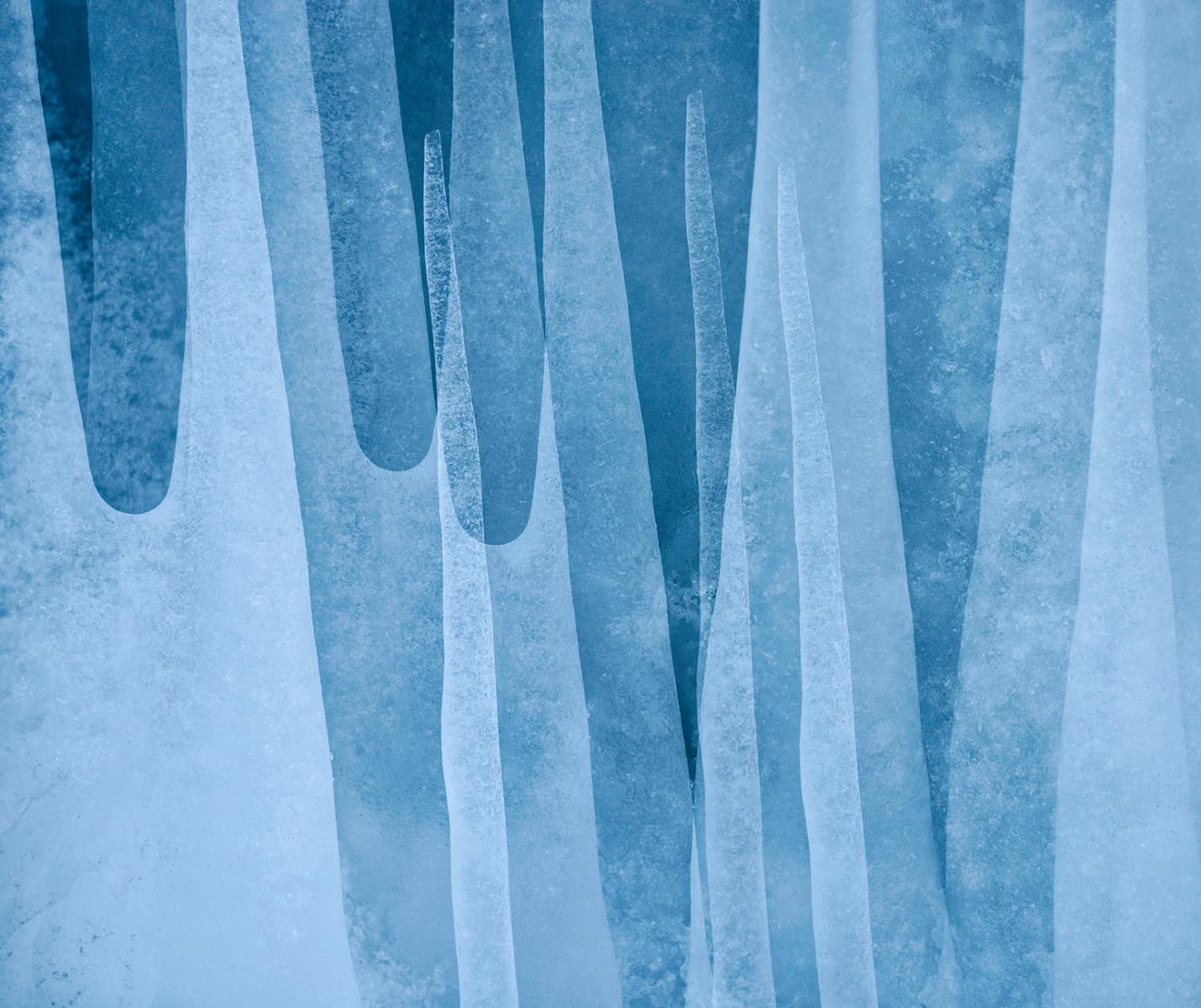
The Fuji does have one advantage over the Nikon for ME, though, in that you can see where you overlay each picture - for a control freak like me, that’s reassuring! With the Nikon, you can’t use live view with ME and so you have to use more guess work or trial and error than I’d choose. Never happy are we?! Overall I was delighted with my Fuji system though. I was even able to operate with reasonably thick gloves much of the time and, as ever, the resulting files are a delight to work with. Yes there are still a few gripes but I expect these to be ironed out over time and there’s no doubt the pros far outweigh the cons. I was reminded yesterday, when I visited the Photography Show at the NEC, just how nice ‘small and light’ is, when I tried a few super telephoto lenses out for the Nikon. Shame Fuji’s super tele isn’t due a bit sooner!
